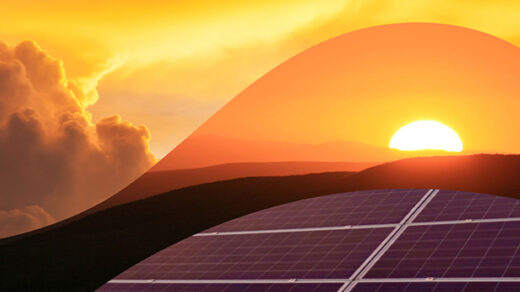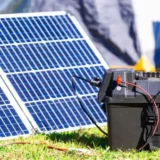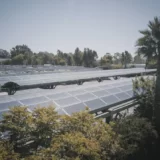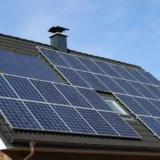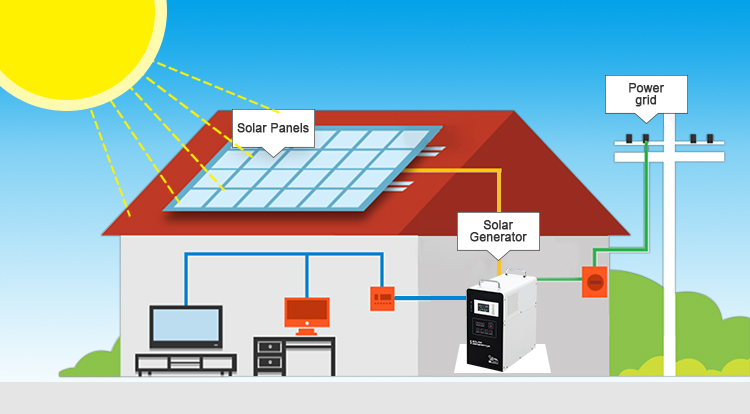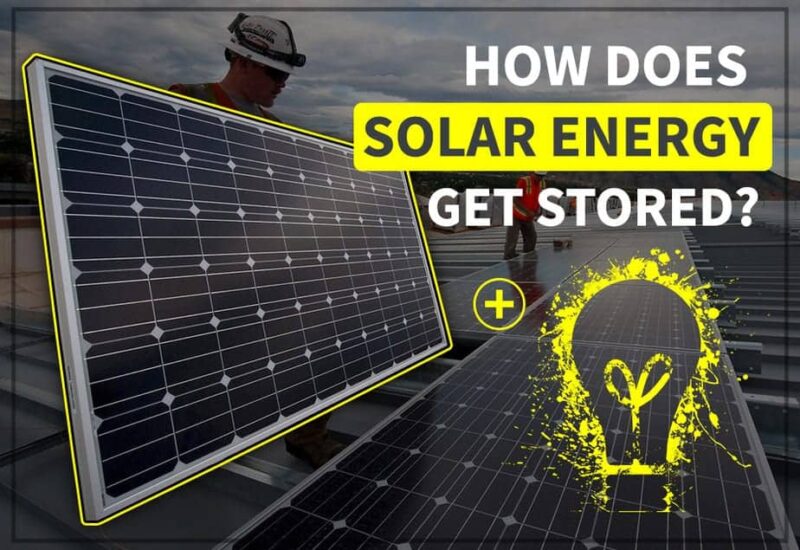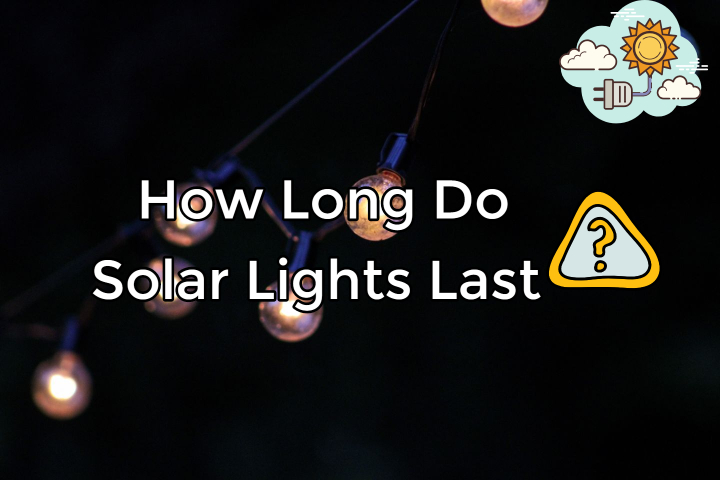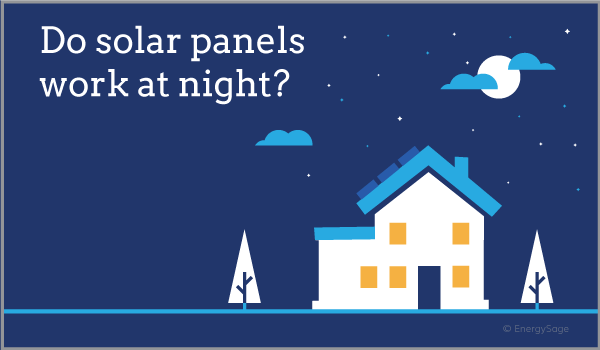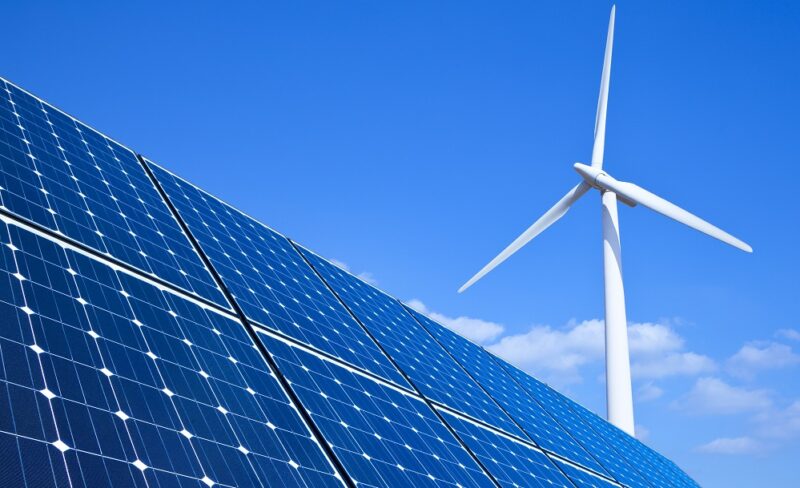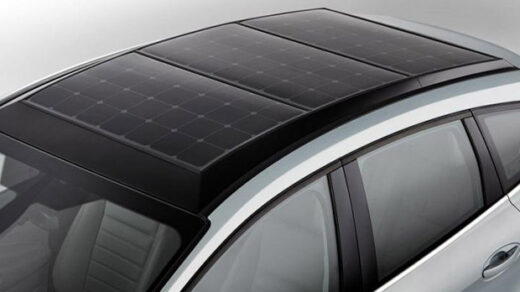Here, in this article, we will discuss the properties of solar energy, the differences between kinetic and potential energy, and some interesting FAQs.
We occupy a natural world that is teeming with various energies. There is nowhere in our universe that is completely empty; even if there is no mass there, energy will still be present in some form.
Do you know is solar energy kinetic or potential? Since solar energy is created from light photons, it is typically referred to as potential energy. We don’t change the speed of the photons, but we can use photovoltaics to create energy by absorbing or having the energy in the photons cause electrons to break free from their orbits.
Interested? Keep reading, let’s dive into the word of solar energy.
Table of Contents
What Is Solar Energy?
The energy derived from the sun’s rays, which shine during the day, is known as solar energy. The energy that powers our planet is contained in each photon, or small piece of sunlight, that reaches the surface of the Earth.

Our planet’s weather patterns and energy supply are primarily derived from it. Our entire world’s energy requirements are almost entirely met by the amount of solar radiation that reaches the surface of the planet every hour. One feature that distinguishes solar energy is its ability to be captured and transformed for use through solar or photovoltaic collectors.
Also Read:
Two Types Of Solar Energy
Two distinct systems can be used to produce two different types of solar energy. A direct method of converting sunlight into electricity is photovoltaic technology. The second method of using solar thermal technology is to capture solar heat. Although the technique varies, both of these methods draw energy from the Sun.
The Sun, which sustains the Earth by providing heat and light, is a gift from nature, similar to water and air. Solar energy is an easily accessible, clean, and renewable energy source.

Every hour, solar power could able to supply enough energy to power the entire planet. Trying to find a way to collect it and turn it into electricity is the issue.
Related Reading:
What Is Kinetic Energy?
A train has kinetic energy because of how quickly it travels. You have kinetic energy when you run to catch the bus, for example. Your kinetic energy is lower than that of a moving train, whereas there is no kinetic energy in a person waiting for a bus at a bus stop.
An object moves thanks to kinetic energy. This energy is affected by the mass of the object and its motion, i.e., the velocity: the more mass and velocity, the more kinetic energy an object would have.
We can accomplish a lot of things with kinetic energy. Moving items from one location to another is crucial. In the case of solar energy, photons travel from the Sun to Earth with a specific amount of kinetic energy.
What Is Potential Energy?
Potential energy, also known as latent energy, is the capability to perform work. A thing with potential energy isn’t moving right now, but it could. A compressed spring is an illustration of this. The spring has potential energy because it can do work, so the more you compress it, the more potential energy it has., push or pull).
Potential energy is depicted in the following ways:
- A rock at the top of a hill
- An object with a strong magnetic field
- The water behind a dam
Electricity and energy examples that could be used include:
- Storing solar energy in batteries for later use
- Storing wind energy in a compressed air tank for later use
Examples Of Kinetic And Potential Energy
Here are some instances of these two energy types:
- On a roller coaster, the motion of a wagon The wagon has its maximum potential energy and no kinetic energy (speed 0) when it is at its highest point. When it begins to fall, it loses height and picks up speed, which causes the potential energy to lessen and change into kinetic energy.
- The potential energy that the water in a river has when it is at the peak of a mountain is transformed into kinetic energy, which causes the water to flow downward. In this instance, rubbing against the river stones results in a significant loss of energy.
- A change in speed and position is required for a ball to move up and down when it is thrown into the air. More potential energy exists as the ball rises higher. In addition, kinetic energy decreases with speed.
- Both kinetic and potential energy exists in electric current. Because an electric charge moves, it has kinetic energy. It also possesses potential energy as a result of its electromagnetic forces.
- Potential energy is the form of energy that is stored in atoms and molecules. These structures are altered by chemical reactions that produce or absorb energy. Chemical potential energy is what this energy is known as.
Difference Between Potential & Kinetic Energy
The speed of a body is correlated with kinetic energy. It relates to the effort required for a stationary object to pick up the speed it is carrying in terms of physics.

The energy connected to a position, however, is known as potential energy. To position an object in a particular way, labor must be provided. For instance, to raise something to a specific height.
Why Is Solar Energy Potential?
Since we are unable to control the speed of photons, solar energy is potential rather than kinetic. However, we can use solar energy or other gadgets to capture their energy. Additionally, potential solar energy can be stored for use at a later time, in contrast to kinetic solar power, which typically generates power from moving objects.
Since solar energy is in the form of light photons, some might naturally counter that it is kinetic energy. And while that is technically accurate, solar energy is regarded as potential energy because we have no control over the speed or direction of photons.
Read More: What Makes Solar Energy Green Apex?
Does It Matter If Solar Energy Is Potential For Residential Use?
In general, whether solar energy is kinetic or potential doesn’t matter as long as you’re using it to power your home in some way. However, it’s important to remember that potential solar energy is more effective than kinetic solar energy if you want to get the most out of your solar panels.
This is due to the fact that kinetic solar energy depends on the sun’s photons constantly striking the solar panel, which can be hindered by clouds or other objects. On the other hand, there is no power loss because the solar panel stores the potential solar energy until it is required.
Related Reading:
- How Many Solar Panels To Run A House Off-grid?
- How To Install Solar Panels On The Roof?
- How Many Solar Panels Are Needed For Running Air Conditioner?
- Do Solar Panels Work on Cloudy Days Or At Night?
Other Solar Sources of Energy
- Wind Energy: When air is heated inequitably, wind is created.
- Hydro-Electric: Sea water evaporates due to the heat of the sun, creating hydroelectric power.
- Coal: In the aftermath of a flood, vegetation on the seafloor produces coal.
- Solar Sails: Spacecraft propulsion has been designed with large solar sails. And the toys that have blades that spin back and forth in a vacuum chamber.
Other than petroleum, nuclear, or geothermal all of our conventional power sources are solar derived.
Read More: Who Discovered Solar Energy?
FAQs
Below are some frequently asked questions, keep reading and find the answer!
Is Thermal Energy Kinetic Or Potential?
Just another name for heat energy, thermal energy. It’s a form of both potential and kinetic energy.
Is Geothermal Kinetic Or Potential Energy?
As the water evaporates, it creates steam to power turbines that transform the kinetic energy into electricity.
Is Gasoline Potential Or Kinetic Energy?
Gasoline contains chemical potential energy. When it ignites, the energy held in the hydrocarbon bonds is released.
Is Hydro Potential Or Kinetic Energy?
There are many types of hydropower facilities, though they are all powered by the kinetic energy of flowing water as it moves downstream.
Is a Charged Battery Kinetic Or Potential Energy?
A battery is a form of potential energy.
Is Wind Energy Kinetic Or Potential?
Wind turbines convert the kinetic energy in the wind into mechanical power.
Is Elastic Kinetic Or Potential Energy?
Elastic energy is a form of potential energy, because it is stored in the bonds between atoms in an object or substance when it is temporarily under stress.
Is Solar Energy Chemical Energy?
We can say that solar energy is converted into chemical energy ( NADPH and ATP).
Why Solar Energy is the Most Potential?
The sun provides more than enough energy to meet the whole world’s energy needs, and unlike fossil fuels, it won’t run out anytime soon. The only drawback to solar energy as a renewable resource is our inability to efficiently and economically convert it into electricity.
What Type of Energy is Solar Energy?
Solar power is energy from the sun that is converted into thermal or electrical energy. The United States uses solar energy, which is the cleanest and most plentiful renewable energy source currently available. has some of the richest solar resources in the world.
Final Thoughts on Solar Energy
Solar energy can be used in two different ways: kinetic solar energy and potential solar energy.
Kinetic solar energy relies on the sun’s photons constantly hitting the solar panel, which can be interrupted by clouds or other objects. On the other hand, there is no power loss because the solar panel stores the potential energy of the sun until it is needed.
Fortunately, none of this really matters to homeowners looking to switch their homes over to solar power. Sure, it’s always a good idea to have as much information as you can about your investments, but in the end, it won’t affect your budget or energy use.
If you want to learn more about solar energy, read our post on how does solar energy affect the environment and how to sell solar energy.
Read More:



